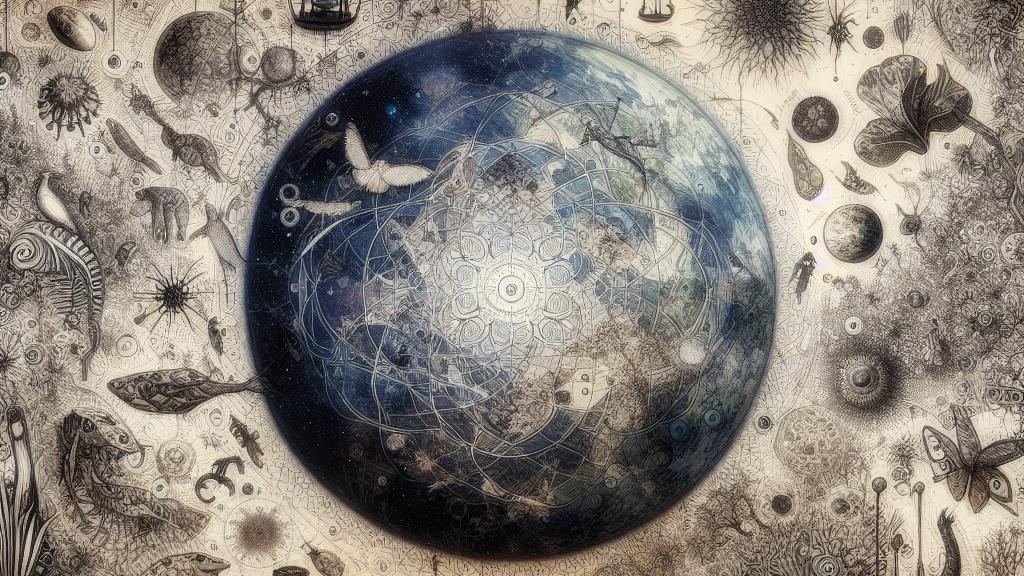Uncovering Hidden Biodiversity Through DNA Barcoding
Overview
- Groundbreaking DNA barcoding techniques unveil a stunning array of previously unrecognized insect species, deepening our appreciation of biodiversity's complexity.
- The term 'biological dark matter' aptly describes the vast number of hidden species awaiting discovery, encouraging scientists to explore unexplored realms.
- Despite advancements in this fascinating field, a critical shortage of trained researchers poses a significant obstacle to cataloging and comprehending this rich diversity.

Understanding Biological Dark Matter
The concept of 'biological dark matter' evokes a sense of mystery and intrigue, likening the uncharted territories of biodiversity to the cosmic enigmas of the universe. It paints a picture of Earth's richness—where numerous species remain undiscovered, often in biodiverse hotspots like tropical rainforests or the deep seas. Current estimates suggest that while about two to three million species have been described, a staggering nine million could still be lurking in nature's shadows. For instance, in Europe and North America, researchers continue to document new species even in familiar environments, revealing hidden ecological tapestries that are far from complete. This reality compels us to acknowledge the urgent need for continued exploration and study, as each new species discovered contributes to our understanding of life's complexity.
The Role of DNA Barcoding
Enter DNA barcoding—an innovative technological advancement that has revolutionized species identification. By harnessing the power of genetics, scientists utilize short sequences of DNA to differentiate between closely related species. A recent, enlightening study conducted in Sweden serves as a prime example: it revealed an astonishing 549 potential species of scuttle flies, eclipsing the previously known 374 species. This illustrates not just the power of barcoding, but also its potential application in ecological research and conservation efforts. For instance, understanding how these insects adapt to environmental shifts can provide insights into ecosystem health. The 'megabarcoding' approach not only accelerates data processing but also enhances ecological monitoring, allowing scientists to respond more effectively to biodiversity changes.
Challenges and Future Directions
Nonetheless, despite the remarkable progress achieved with DNA barcoding, significant challenges remain. A pressing issue is the acute shortage of trained researchers capable of managing and analyzing the exponential data generated. This shortage can hinder the identification and cataloging of the millions of species that call our planet home. Moreover, the need for a comprehensive global DNA reference library is critical—it underpins accurate identification and fosters new discoveries. Efforts to engage citizen scientists can be significant, drawing on public interest to expand research initiatives and identify local species. By pooling resources, expertise, and passion for discovery, the scientific community can begin to unravel the mysteries of biological dark matter. Ultimately, the journey forward necessitates innovative collaboration, reminding us of our shared responsibility to protect and celebrate the extraordinary variety of life that envelops us.

Loading...